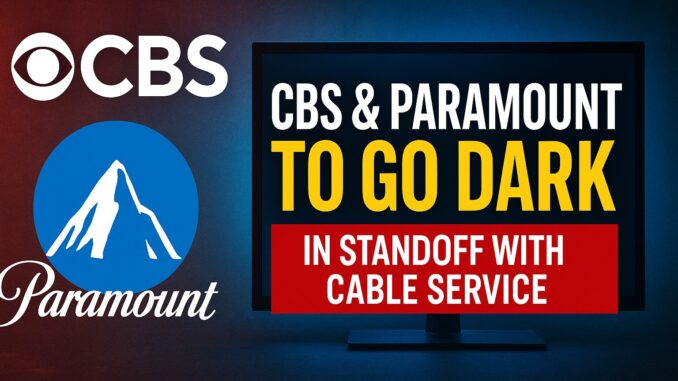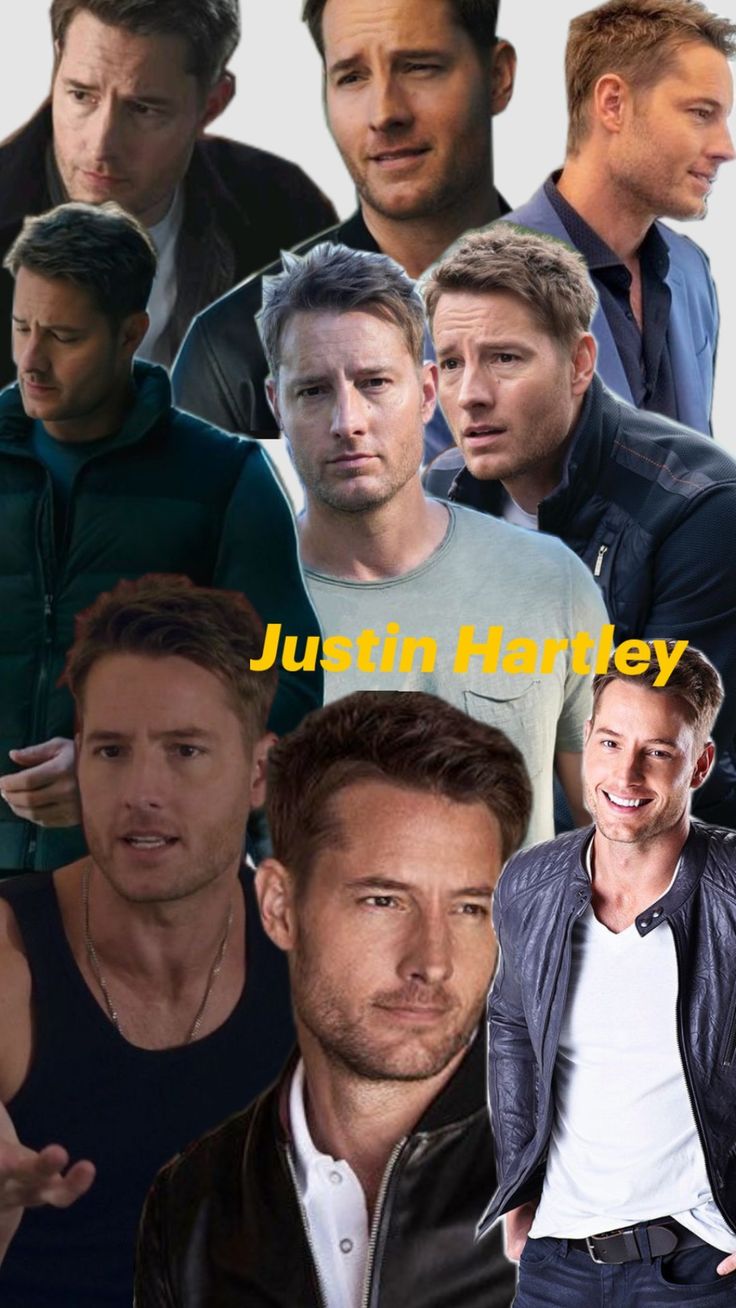
Picture this: you’re settling in to watch a favorite show, but the screen is blank—CBS and Paramount have vanished from your cable line-up. That’s no sci-fi— it’s the reality when networks and distributors lock horns in a carriage dispute. In 2025, CBS, part of Paramount Global, threatened to go dark over unmet licensing terms. In this article, we’ll unpack why these stand-offs happen, who gets hurt, and how it all gets resolved (or not).
What’s a Carriage Dispute — and Why It Matters
The Basics of Carriage Agreements
-
Carriage agreements are contracts whereby content owners (CBS, Paramount) license their channels to distributors (cable, satellite, streaming).
-
They negotiate fees, distribution terms, duration, and sometimes bundling rights.
-
When the contract expires and no agreement is reached, networks can be pulled (“go dark”) from the distributor’s lineup.
Why Disputes Flare Up
-
Rising costs: content owners demand higher fees to offset declining ad and affiliate revenues.
-
Bundle leverage: networks often insist that distributors carry additional channels or streaming bundles.
-
Power plays: distributors push back to limit costs or unattractive demands.
-
Shifting viewer habits: cord-cutting, streaming growth, and viewership declines in linear TV make the economics fragile.
CBS & Paramount’s Leverage — What They Bring to the Table
Prime Content & Brand Value
CBS and Paramount own valuable content—sports, news, entertainment, and local broadcast channels. Losing them would be a blow to any distributor’s appeal.
Synergies with Streaming
Paramount also owns Paramount+, which they often bundle or cross-promote in carriage deals. This gives them extra negotiating ammunition.
National Footprint
CBS has local affiliate stations across the U.S. Losing national distribution affects local viewership and ad revenue at the station level.
The 2025 YouTube TV–Paramount Standoff: A Case Study
What Started It
In early 2025, Paramount notified YouTube TV that more than 20 channels—including CBS, BET, Nickelodeon, MTV—could be pulled if a new deal wasn’t reached.
Risks to Subscribers
If negotiations failed:
-
YouTube TV users could lose access to CBS, Nickelodeon, Comedy Central, MTV, etc.Previously recorded shows from those networks might no longer be available.
-
YouTube proposed an $8 monthly credit if blackout extended.
Temporary Extention, Then Deal
After days of public and private pressure, the two parties reached a multiyear agreement, averting the blackout.
The deal included:
-
Continued carriage of CBS, Nickelodeon, and about 20 other channels.
-
Expanded streaming bundling, such as Paramount+ with Showtime included for qualifying users.
Who’s Hurt Most When Networks Go Dark?
Viewers / Subscribers
-
Frustration and confusion.
-
Loss of favorite shows or live events (sports, news).
-
Need to switch platforms temporarily or pay more.
Distributors (Cable, Streaming Platforms)
-
Loss of subscriber trust.
-
Possible churn (customers leave).
-
PR damage and brand perception risk.
Networks & Broadcasters
-
Ad revenue drop from reduced impressions.
-
Impact on affiliate local stations.
-
Loss of negotiating leverage if blackout is prolonged and unpopular.
The Negotiation Chessboard — Key Tactics & Considerations
Financial Demands & Escalators
Networks often demand rate hikes or escalator clauses (annual increases). Distributors push back.
Bundling & Streaming Integration
Paramount may require that distributors offer their streaming apps (Paramount+, BET+, Showtime) alongside linear channels.
Grace Periods & Temporary Extensions
To avoid abrupt disruptions, parties often use short-term extensions to keep things running while talks continue.
Public Pressure & Consumer Messaging
Content owners often run public-facing campaigns (websites like keepparamount.com) asking customers to pressure distributors.
Litigation & Regulatory Threats
At times, disputes spill into court or draw regulatory scrutiny around retransmission consent or antitrust issues.
Historical Precedents: Lessons From Past Blackouts
Disney vs YouTube TV in 2021
A short blackout of ESPN and other Disney channels showed that even big players aren’t immune.
Disney–Charter 2023
Disney pulled programming from Charter for over a week before resolution.
What They Reveal
-
Most standoffs get resolved to avoid prolonged viewer backlash.
-
Public temper and media coverage pressurize both sides.
-
The architecture of bundling, streaming integration, and evolving contracts now plays a heavier role than before.
Predicting the Outcome: What Signals to Watch
Public Statements & Press Releases
Watch for strong language from CBS/Paramount (e.g. “take-away”) or conciliatory tones from distributors.
Credit Promises
If the distributor offers subscriber credits (like the $8 credit from YouTube) that suggests confidence of a deal.
Short-Term Extensions
These often hint that the companies are close but working through details.
Legal or Regulatory Filings
Filing notices with the FCC or lawsuits may indicate either side wants to harden their position.
How Viewers Can Protect Themselves
Stay Informed
Check official announcements from your provider and networks.
Use Flexible Options
Have backup platforms: streaming apps, antenna for OTA (over-the-air) broadcast.
Leverage Customer Power
Express frustration via social media, contact providers—public outcry sometimes sways terms.
Know Your Rights & Contracts
Some jurisdictions require distributors to notify customers in advance of channel removals.
Broader Impacts of a CBS-Paramount Blackout
Shift Toward Streaming Models
Carriage disputes push more consumers to streaming-only options, accelerating cord-cutting.
Redistribution of Ad Dollars
Advertisers may redirect spend to digital or over-the-top (OTT) formats if linear reach weakens.
Consolidation & Dealmaking Pressure
Big media companies will seek to merge, consolidate bargaining power, or align with telco/streaming giants.
Consumer Dissatisfaction
Repeated standoffs erode trust and loyalty. People may abandon certain providers altogether.

What If Negotiations Fail? A Worst-Case Scenario
Prolonged Blackout
Gone beyond weeks — the longer it drags, the harder it is to renegotiate without giving in on key terms.
Subscriber Exodus
Many may defect to competitors or streaming-only platforms.
Lost Ad & Affiliate Revenues
Networks and stations suffer from lost eyeballs and reduced ad value.
Regulatory Fallout
Regulators could intervene, impose standards or fines, or mandate carriage in local markets depending on law.
Conclusion
Carriage disputes like the one between CBS/Paramount and cable or streaming providers feel dramatic — and they are. At their heart, they’re a tug-of-war over money, control, and the future of TV distribution. For viewers, the stakes are immediate: loss of beloved shows, sports, news. For networks and distributors, it’s survival in a changing media world. The 2025 YouTube TV–Paramount showdown is a vivid reminder of how fragile the current model is—and how much power lies in each negotiation. Whether networks go dark or stay on, these disputes will keep shaping how we watch TV.
